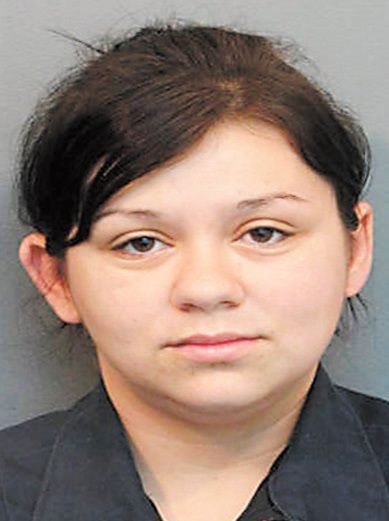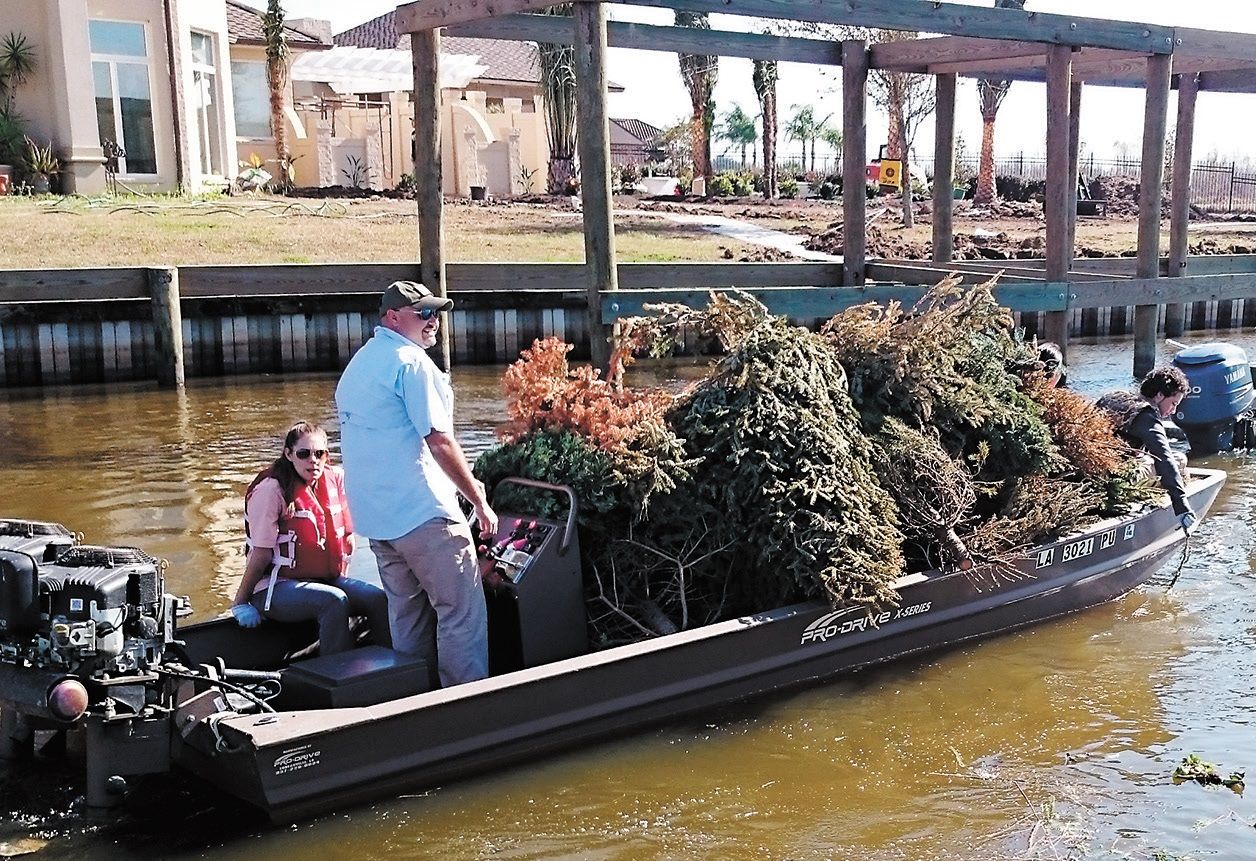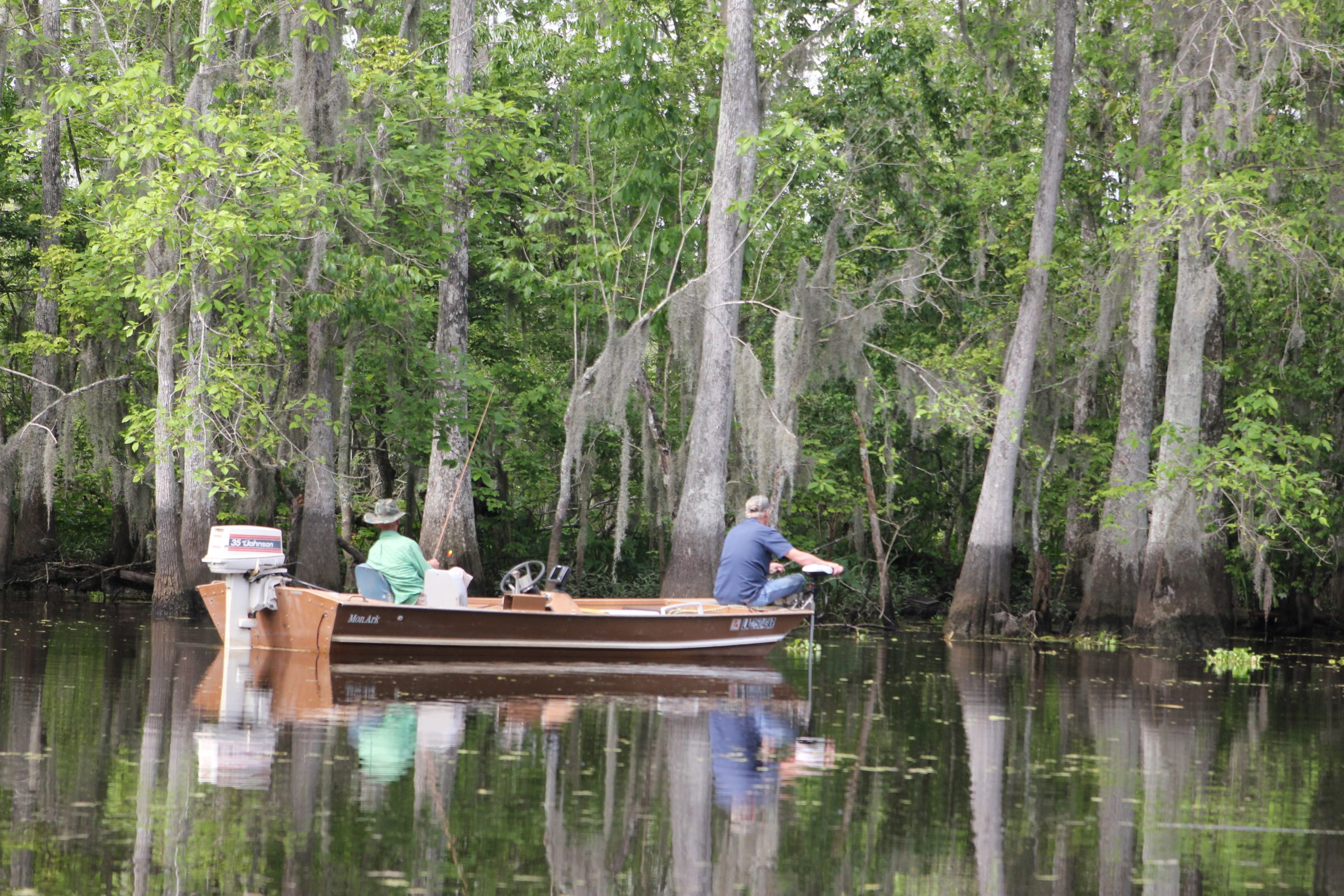
One piece of area’s drug puzzle solved
December 23, 2015Tax bills due next week
December 23, 2015After the holiday season winds down, most of us don’t pay much mind to the fates of our Christmas trees. However, some trees in Terrebonne Parish make their way down south to help protect the coast.
The trees are part of Terrebonne Parish’s Christmas Tree Program to Protect Coastal Erosion.
The program involves recycling the trees by lining them up along the Intercoastal Waterway.
From Jan. 4-8, residents can place their trees in the area of their normal garage pickup, and the parish’s garbage men will collect them. Anyone wishing to donate their trees can drop them off before Jan. 8 at 263 Ashland Landfill Road, 651 Isle of Cuba Road in Schriever or 160 Crochetville Road in Montegut. Vicki Summers, administrative secretary for Terrebonne’s Coastal Restoration and Preservation department, estimated that the parish gets around 800 trees each year.
On Jan. 20, the trees will be transported near the waterway, close to the Mandalay National Wildlife Refuge.
There, volunteers from multiple organizations from both near and far team up to recycle the trees. People from Bayou Grace, a coastal outreach organization, and the Barataria-Terrebonne National Estuary Program represent the local contingent, while students from the University of Buffalo come down to assist in the project.
Local volunteers are also welcome to help on Jan. 20.
According to Matt Benoit, habitat restoration coordinator at BTNEP, his organization usually provides about two or three boats, along with some manpower, on the day of work. The volunteers will start moving trees and loading them onto the boats. Some volunteers hop on the boats and ride out to transport to the trees to their wooden retention fences, called cribs. Those on the boat will start stacking the trees in the cribs, while those back on land are stacking the trees to be ready for the next load.
Benoit said that the cribbed trees help to reduce wave erosion along the waterway.
“You’ve got a lot of that wave energy going in and that can erode the shoreline, erode those plants away. So these work as wave attenuation devices; they just slow down those waves,” Benoit said.
According to Al Levron, Parish Manager, the program has been in place since 1998. That year the parish agreed to administer its own coastal zone program rather than have the state do it. The parish saw the Christmas tree initiative as an effective way to make locals aware of the threat of coastal erosion.
“This Christmas tree project is a long, long running advocacy project and public outreach project that the parish has been having. We think it’s good to draw attention to the plight of our coastal erosion problem in Terrebonne Parish,” he said.
Mary Gueniot Biegler, director of Bayou Grace, said that the project’s promotion of recycling is critical in this area.
“I think it brings a huge awareness to recycling. This community could do a whole lot better with recycling,” Gueniot Biegler said.
Students from the University of Buffalo have been assisting with the project since 2012. Jim Simon served as the sustainability engagement coordinator at the university at that time.
According to him, a student was passionate about doing service work in south Louisiana after making connections in the area and helped organize a trip down south.
The trip is part of the university’s Alternative Break Program. Students will spend their winter break on the bayou doing service work and sustainability research.
Simon said that in the first year of the program, he did not know what to expect of Terrebonne Parish.
“I personally did not know what to expect. I’m originally from New York state, and I hadn’t been down to southern Louisiana, so it was quite a different ecosystem and culture,” Simon said.
While Simon described setting up the trees as “a lot of fun, but challenging,” he said students who came down learned about what they can do to protect the coast, even while thousands of miles away.
“I think they learned about the impact that our actions can have in faraway places. So the decisions we make as individuals, they can see why they’re so important, because a lot of the projects we worked on were related to coastal erosion that comes from large shipping containers that are coming in and out of the ports down there, eroding the shoreline. And what’s in those boats? Different products that we’re buying and using in the lifestyle that we live,” Simon said.
They also got to learn a bit about Houma’s culture, eating at 1921 Seafood and then heading across the street to the Jolly Inn to dabble in Cajun dancing.
“We walk in and the crowd would kind of freeze and be like, ‘Who are these people?’ And by the end of the night we’d be best friends with everyone,” Simon said.
According to Rachel DiDomizio, community engagement coordinator at the university, 11 students and two staff members will head down from Buffalo this year.
She wrote in an email that the students get to bring crucial lessons back to where they came from.
“The Alternative Break trip to the Louisiana Wetlands has provided opportunities for students to work directly on ecological restoration projects, learn about the culture and history of New Orleans and southern Louisiana, and apply the knowledge and skills they learn to the communities in which they live,” DiDomizio wrote.
According to Gueniot Biegler, this outreach program’s biggest accomplishment is that it can spread the bayou region’s fight for survival across the country through these students.
“They’re great workers, good attitudes, and they bring our culture back, so they can help others understand what we’re going through,” she said. •










